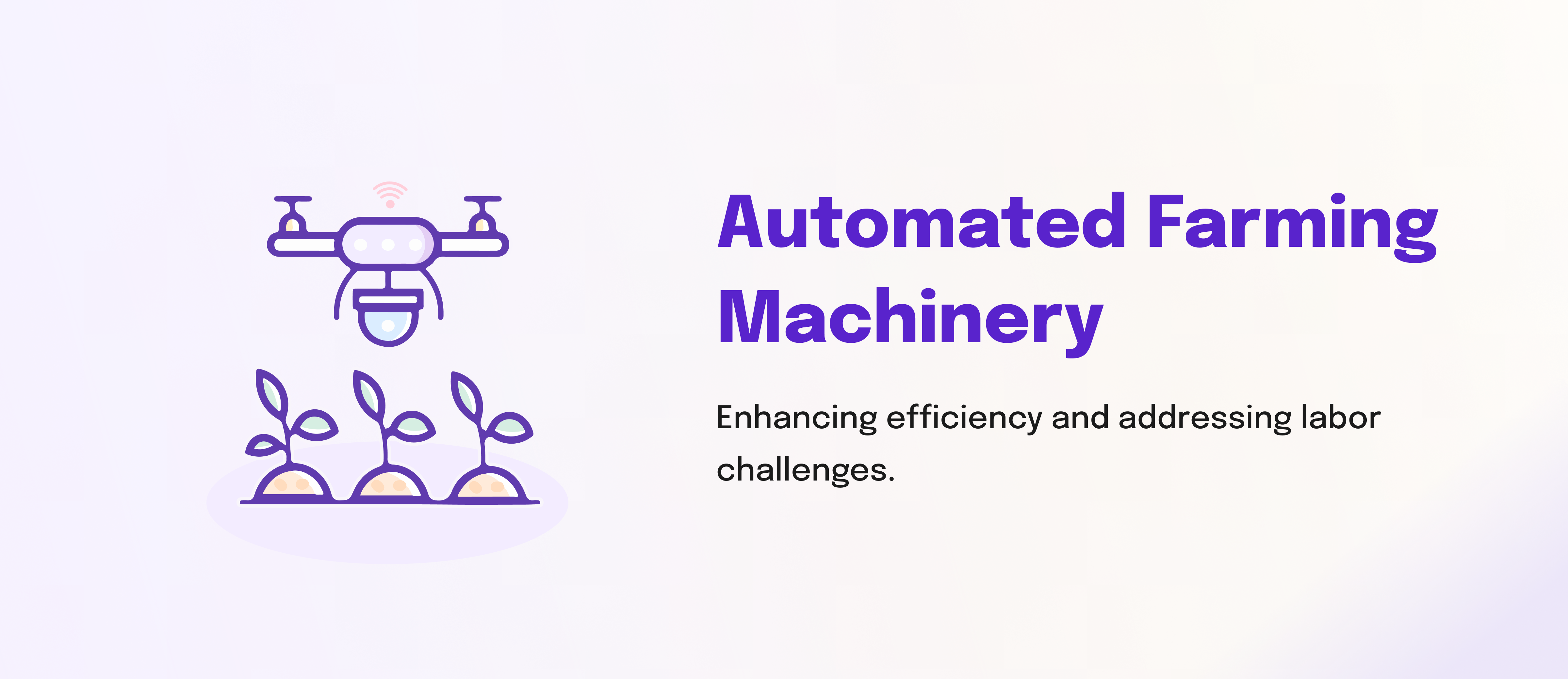Agriculture, the backbone of human civilization, is on the cusp of a new revolution, propelled by generative artificial intelligence (AI). This transformation isn't just about adopting new technologies; it's about rethinking how we farm. Generative AI is set to play a crucial role in this transformation, offering solutions that are both innovative and sustainable.

Precision Agriculture: AI's Role in Tailored Farming Practices
Generative AI is at the forefront of precision agriculture, a farming management concept based on observing, measuring, and responding to inter and intra-field variability in crops. By leveraging data from various sources like satellite images, soil sensors, and weather forecasts, AI can generate precise recommendations for planting, fertilizing, and irrigating crops. This tailored approach ensures optimal use of resources, leading to increased yield and reduced environmental impact.

Disease and Pest Control: Predictive Analysis for Prevention
One of the biggest challenges in agriculture is managing crop diseases and pests. Generative AI offers a proactive solution through predictive analysis. By analyzing data patterns, AI can predict disease and pest outbreaks before they occur, enabling farmers to take preventive measures in time. This not only saves crops but also reduces the reliance on chemical pesticides, contributing to more sustainable farming practices.
Automated Farming: AI-Driven Machinery for Efficiency
The integration of AI into farming machinery is turning the concept of automated farming into a reality. From tractors that can plant seeds with precision to drones that monitor crop health, AI-driven machinery is enhancing farming efficiency. This automation is particularly beneficial in tackling the labor challenges in agriculture, making farming more efficient and less labor-intensive.

Supply Chain Optimization: From Farm to Table
Generative AI also plays a vital role in optimizing the agricultural supply chain. By forecasting demand and analyzing market trends, AI helps in better planning and distribution, reducing food waste, and ensuring that produce reaches the market in the most efficient way possible.
Conclusion: Nurturing a Sustainable Future for Agriculture
As we embrace the potentials of generative AI in agriculture, we are not just innovating for higher yields; we are nurturing a sustainable future for farming. This approach to agriculture promises a balance between meeting the world's food demands and preserving the environment. It's about creating a farming ecosystem that is resilient, efficient, and in harmony with nature.
The journey ahead is filled with challenges, from integrating AI technology into traditional farming practices to addressing concerns about data privacy and ownership. However, the potential benefits of AI in agriculture – increased productivity, environmental sustainability, and enhanced food security – make this a journey worth undertaking. In this new era of agriculture, those who can successfully integrate AI into their farming practices will not only reap the benefits of increased efficiency and sustainability but also contribute to a more food-secure world for future generations.